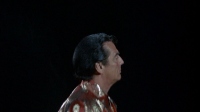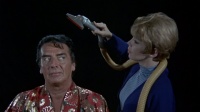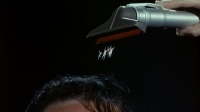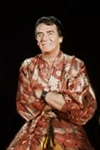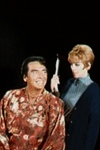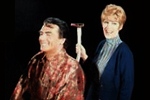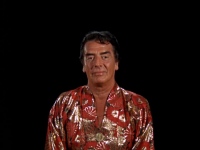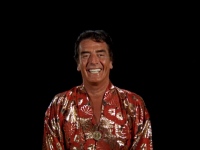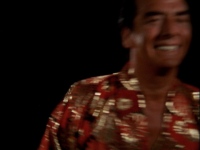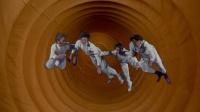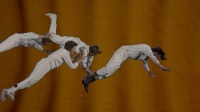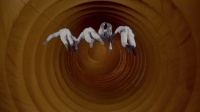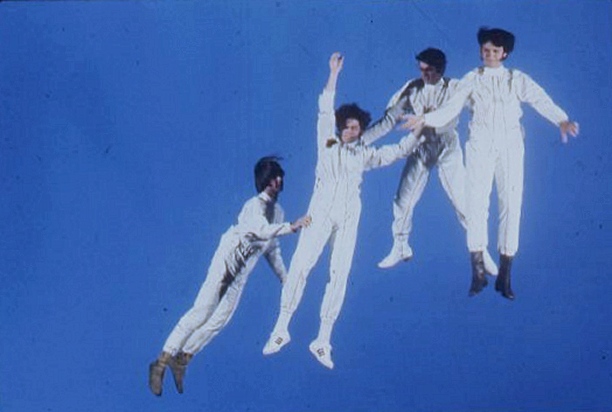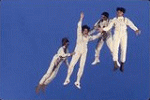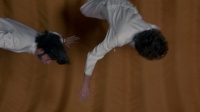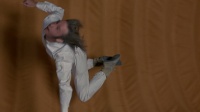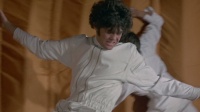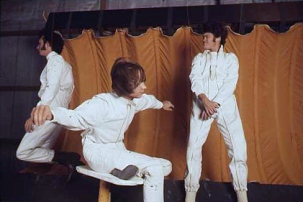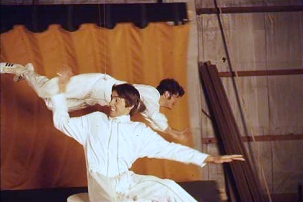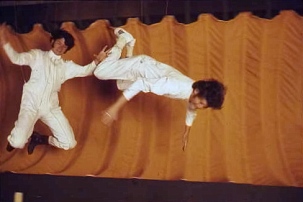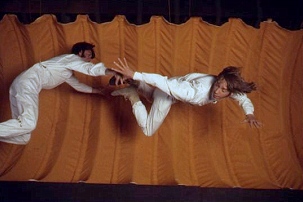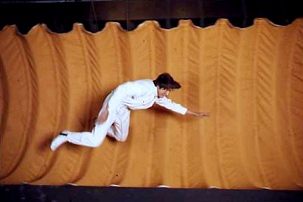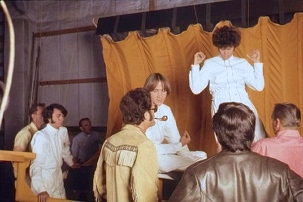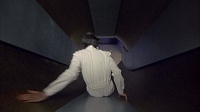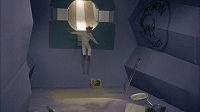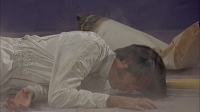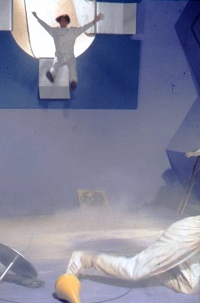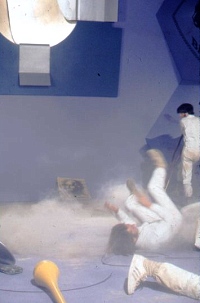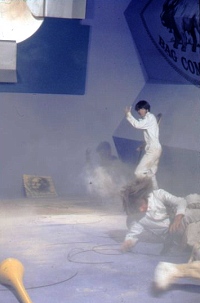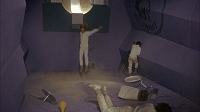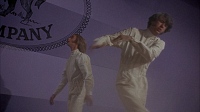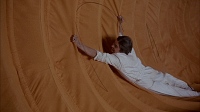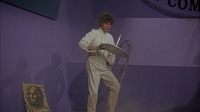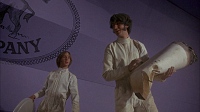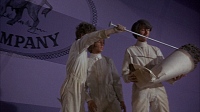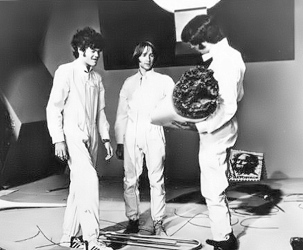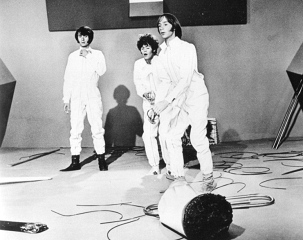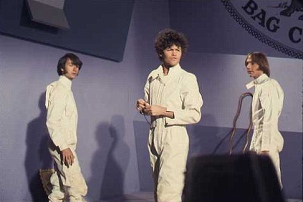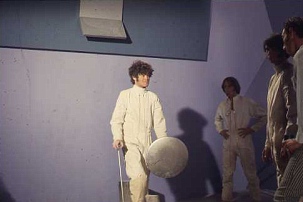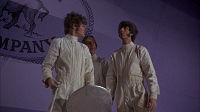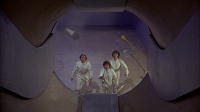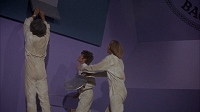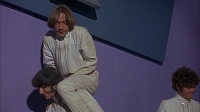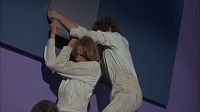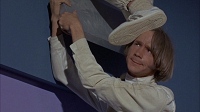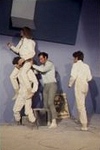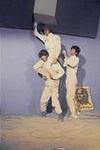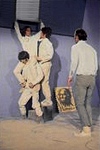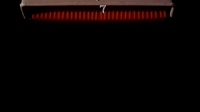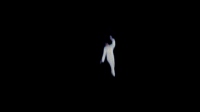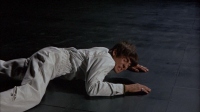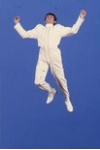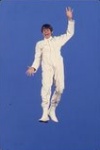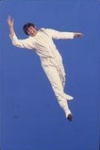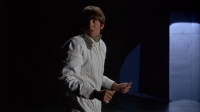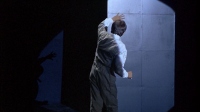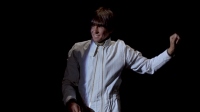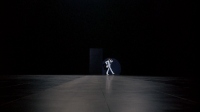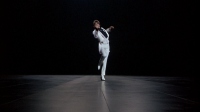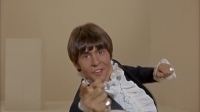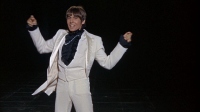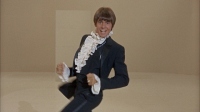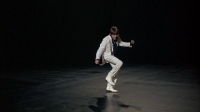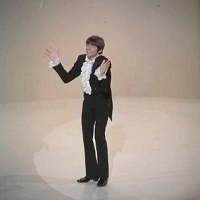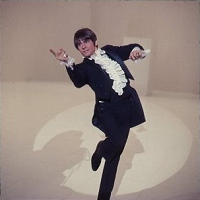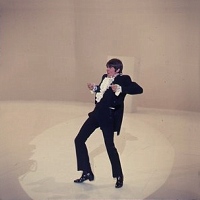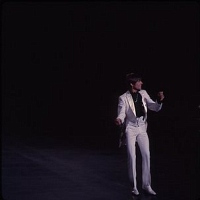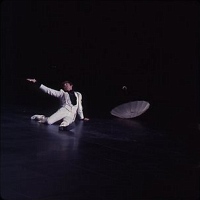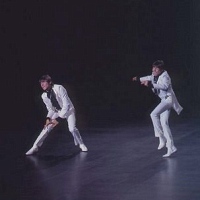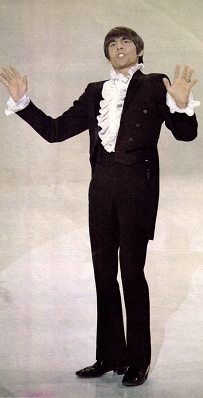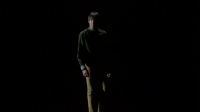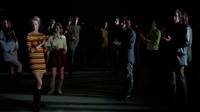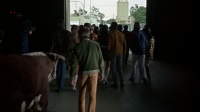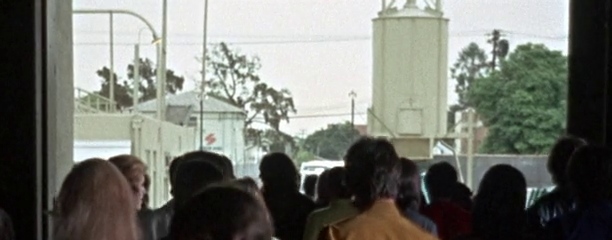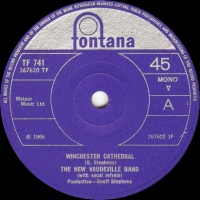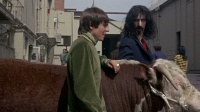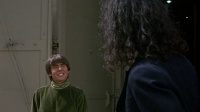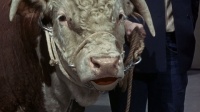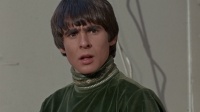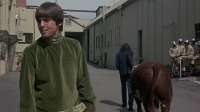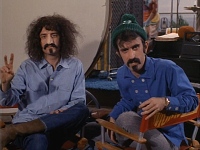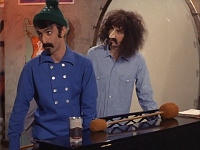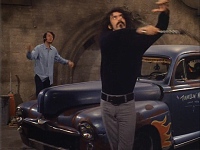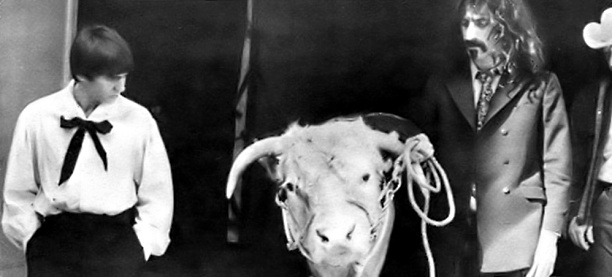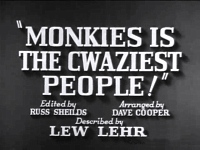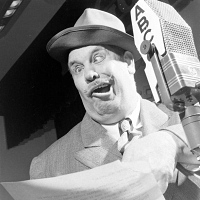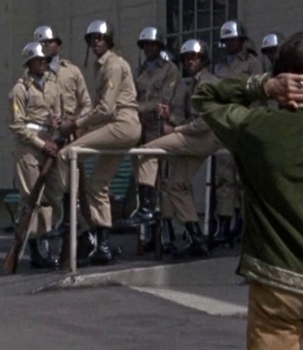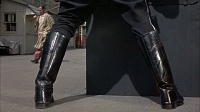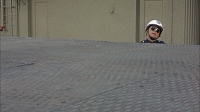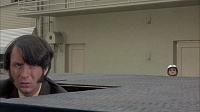|
EDIT NEWS: The Monkees - Head - 'Changes' - Page 15
| |||||||||||||||||||||||||||||||||||||||||||||||||||||||||||||||||||||||||||||||||||||||||||||||||||||||||||||||||||||||||||||||||||||||||||||||||||||||||||||||||||||||||||||||||||||||||||||||||||||||||||||||||||||||||||||||||||||||||||||||||||||||||||||||||||||||||||||||||||||||||||||||||||||||||||||||||||||||||||||||||||||||||||||||||||||||||||||||||||||||||||||||||||||||||||||||||||||||||||||||||||||||||||||||||||||||||||||||||||||||||||||||||||||||||||||||||||||||||||||||||||||||||||||||||||||||||||||||||||||||||||||||||||||||||||||||||||||||||||||||||||||||||||||||||||||||||||||||||||||||||||||||||||||||||||||||||||||||||||||||||||||||||||||||||||||||||||||||||||||||||||||||||||||||||||||||||||||||||||||||||||||||||||||||||||||||||||||||||||||||||||||||||||||||||||||||||||||||||||||||||||||||||||||||||||||||||||||||||||||||||||||||||||||||||||||||||||||||||||||||||||||||||||||||||||||||||||||||||||||||||||||||||||||||||||||||||||||||||||||||||||||||||||||||||||||||||||||||||||||||
| Updated June 2013 | |||||||||||||||||||||||||||||||||||||||||||||||||||||||||||||||||||||||||||||||||||||||||||||||||||||||||||||||||||||||||||||||||||||||||||||||||||||||||||||||||||||||||||||||||||||||||||||||||||||||||||||||||||||||||||||||||||||||||||||||||||||||||||||||||||||||||||||||||||||||||||||||||||||||||||||||||||||||||||||||||||||||||||||||||||||||||||||||||||||||||||||||||||||||||||||||||||||||||||||||||||||||||||||||||||||||||||||||||||||||||||||||||||||||||||||||||||||||||||||||||||||||||||||||||||||||||||||||||||||||||||||||||||||||||||||||||||||||||||||||||||||||||||||||||||||||||||||||||||||||||||||||||||||||||||||||||||||||||||||||||||||||||||||||||||||||||||||||||||||||||||||||||||||||||||||||||||||||||||||||||||||||||||||||||||||||||||||||||||||||||||||||||||||||||||||||||||||||||||||||||||||||||||||||||||||||||||||||||||||||||||||||||||||||||||||||||||||||||||||||||||||||||||||||||||||||||||||||||||||||||||||||||||||||||||||||||||||||||||||||||||||||||||||||||||||||||||||||||||||||
| |||||||||||||||||||||||||||||||||||||||||||||||||||||||||||||||||||||||||||||||||||||||||||||||||||||||||||||||||||||||||||||||||||||||||||||||||||||||||||||||||||||||||||||||||||||||||||||||||||||||||||||||||||||||||||||||||||||||||||||||||||||||||||||||||||||||||||||||||||||||||||||||||||||||||||||||||||||||||||||||||||||||||||||||||||||||||||||||||||||||||||||||||||||||||||||||||||||||||||||||||||||||||||||||||||||||||||||||||||||||||||||||||||||||||||||||||||||||||||||||||||||||||||||||||||||||||||||||||||||||||||||||||||||||||||||||||||||||||||||||||||||||||||||||||||||||||||||||||||||||||||||||||||||||||||||||||||||||||||||||||||||||||||||||||||||||||||||||||||||||||||||||||||||||||||||||||||||||||||||||||||||||||||||||||||||||||||||||||||||||||||||||||||||||||||||||||||||||||||||||||||||||||||||||||||||||||||||||||||||||||||||||||||||||||||||||||||||||||||||||||||||||||||||||||||||||||||||||||||||||||||||||||||||||||||||||||||||||||||||||||||||||||||||||||||||||||||||||||||||||
Page 54 is the first of nine consecutive pages which are either marked as 'added', 'revised' or both - and we don't return to the first draft until Page 59. Luckily, a couple of these revisions are nicely covered by biographical accounts elsewhere...
Victor Mature's character is namechecked in the Head credits as 'The Big Victor'. Although often assumed to be a metaphor for RCA Victor - the company which owned Colgems and distributed Monkees recordings outside the US - it's never been confirmed that this was the filmmakers' original intention. The shooting script never gives the character a name other than 'Victor Mature' (or, the slightly chummier 'Vic'). It would be interesting to know when Mature's commitment to the project was sealed. An oft-repeated story suggests that when he received a copy of the script he said 'I can't make it out at all. All I know is it makes me laugh!'. Certainly, receiving a copy of a script which features oneself as an actual character (and given an opportunity to showcase his golfing to boot - Mature once insisted he was more of a golfer than an actor) would certainly tempt any thespian out of retirement. Having said that, the only other 'character' in the script purportedly playing themselves (aside from the Monkees and the production crew) is Bruce Dern - who didn't eventually appear in Head.
Before receiving the script, Mature hadn't made a Hollywood movie for ten years and had become jaded with the whole Hollywood experience, his constant attacks on the fakeness of the industry possibly even rivalling Mike Nesmith's own. This may even have been a contributory factor in his casting: as Bob Rafelson has pointed out, the roster of 'guest stars' in Head all tended to be people who were out-of-favour, looked down on or otherwise exiled from the party in some way
As mentioned on Page 1 of this dissection, the sequence where the Monkees are sucked off Victor Matures head into the vacuum cleaner represents pretty much the only bits of the 'NY Action' trailer which matches the film exactly in terms of actual shots (although it does come from some alternate, less clear, film stock - possibly a test reel for the matte effects). 'NY Action' also features some out-take snippets from this sequence, including a much slower zoom-out from Mature's hair, some extra footage of Micky bouncing his way along the vacuum tube, and a lovely shot of Mature where he seemingly comes out of character and leaves the scene, beaming.
If the scrawled numbering on the ridiculous amount of production photo transparencies auctioned off on eBay a few years ago has even the slightest relation to the movie's shooting schedule chronology (and there's much to suggest this is the case) then the special effect 'travelling matte' shots of the group being sucked off Mature's hair and travelling through the vacuum cleaner inner-tubing were filmed towards the end of the overall production - some time after 8 April 1968 (when 'Daddy's Song' was filmed at Stage 7, Columbia studios) and 11 April 1968 (when the swimming pool sequences were filmed at the Columbia Ranch).
Other shots of the Monkees' journey through the vacuum cleaner tube had been filmed a few weeks before. These had relied on somewhat more down-to-earth special effects - ie a large cutaway of the inner-tube built at one of the Columbia soundstages acting as backdrop as the band zoomed past, either hoisted by wires or sat atop a raised swivel-based seating platform to give the illusion of weightlessness. A wind machine and some dolly camera tracking completed the effect nicely.
Can't quite picture it? Luckily, production photos of this filming session are in plentiful supply...
Al Bigley's Blog also has scans of a great Flip Magazine write-up of the day's filming...
Scene 192 - the interior of the vacuum cleaner - was filmed on the same day as the above.
The disagreement was covered on the Criterion DVD commentary...
The Shindig write-up (which features unused bits from Criterion commentary sessions) continues the fun:
The FLIP magazine article from August 1968 reported directly from the set as this contretemps unfolded. However, being a teen-targeted publication, it also had to be a little careful about including specific drugs references within its pages, insisting instead that the main trigger for the argument was the delivery of Mike's preceding line:
It is of course possible that both accounts are true - that Micky Dolenz and Peter Tork were desperate to play up to the counter-culture, while Mike Nesmith was utterly oblivious to all of this and only battled Bob Rafelson in terms of his own 'performance.' Yeah, okay, not very likely. In fact, yet another version of the story can be found in Total Control: The Monkees Michael Nesmith Story (by Randi L. Massingill, 2005), in which Peter Tork recalls Mike Nesmith himself insisting on delivering the 'marijuana cigarette' line (again, in the style of W.C. Fields) and then storming off to his dressing room to sulk for an hour when told he couldn't. Whereas such biographical confusion can usually be flicked aside with the phrase 'the truth of the matter is probably somewhere in between', the problem here is that it's somewhere in between Mike Nesmith demanding to talk about finding a giant joint... and not even realising he's holding a giant joint.
Whatever the case, Bob Rafelson got to keep his 'El Zoomo' line intact for the film, and Mike Nesmith never got to do a W.C. Fields impersonation.
'This must be the bag we're in' - now that's a great little line, sadly not in the film.
Mike's "as much as it poses as a truth" line also doesn't appear in Head but may well have been delivered during the shoot - an awkward edit towards the end of the scene, jumping from a mid-shot of Micky climbing up Peter's back to a close-up of him suddenly standing atop his shoulders, certainly suggests as much.
One must assume that the light which silhouettes Davy in Scene 193 is his POV of the end of the vacuum cleaner nozzle. In Head however an extra bit of special effect tomfoolery occurs showing Davy dropping from the nozzle and onto a cold black floor. Finding himself in near-darkness, he silently heads for a spotlight trained on a vertical rectangular column. He disappears behind the latter, then steps out, somewhat transformed, his white factory jump-suit now a white tailor-made dance costume.
We've spent more time than might be deemed healthy attempting to work out exactly when, why and how the various pages of this whole sequence were revised, added to (and further revised later) and how the contents may have evolved or been expanded upon throughout. Sadly, none of our theories quite tally with the dates given on the page headings anyway so why complicate matters? Let's keep it to basic information...
Note the presence on Page 54 of the 'added' scene '191A' - describing how Davy doesn't get sucked into the vacuum cleaner with the others. Although it's entirely possible that earlier drafts had all four Monkees consigned to the interior, it's more likely a case of emphasising which of the Monkees was to resist the suction and go awol. It certainly appears to be the case that, up until the January 24 rewrites at least, this particular storyline didn't belong to Davy Jones, but to Mike Nesmith.
The original plan would have been to have Davy, Peter and Micky sucked into the womb of the vacuum cleaner while Mike remained in the tube. After escaping he would perform his own composition, 'Magnolia Simms' (hence its presence in the script) and encounter the Cowman before eventually being reunited with the others. 'Magnolia Simms' was a comparably new song at the time - recorded on December 2 1967 (two weeks before the first draft of 'Changes' was completed) but its presence in the script - not to mention it being the only instance of a genuine Monkees song being namechecked - suggests it was already something of an in-house favourite. This wouldn't last long however - the song would soon be dropped from the movie (eventually finding release on the Birds, the Bees and the Monkees LP, released in April 1968). In its place came Harry Nilsson's 'Daddy's Song,' - recorded on January 10 1968 with Mike Nesmith on lead vocals. It isn't known whether the film-makers considered it a better song per se, or simply a more apt song/production for the kind of scene they had in mind for the movie. Whatever the case, Mike's big song n' dance showcase is ready to go...
It is then suddenly decided that Davy Jones should perform the song instead. As Nesmith himself recalled on the Criterion commentary:
And so, as with 'Can You Dig It', the lead vocals of 'Daddy's Song' are replaced with those of an alternate bandmember - in this case, Davy Jones. However, whereas 'Can You Dig It' was a self-contained segment within the film, the switchover in 'Daddy's Song' naturally involved the protagonist of the surrounding storyline strands being switched too (most likely with a couple of minor script amendments - one must presume for example that the human pyramid performed inside the vacuum cleaner certainly didn't originally have Davy Jones claiming to be "the tallest and the strongest").
The switch arguably changed the dynamic of the plot somewhat since the film now boasted two sequences in a row in which the band 'lose' Davy and attempt to find him (the second occurring mere minutes after they're reunited). The original version of 'Daddy's Song' with Mike Nesmith's vocal remained in the vaults, unloved, until it was included as a bonus cut on Rhino's CD release of the Head soundtrack.
The filming date for Daddy's Song, at trusty old Stage 7, has given as 8 April 1968 - although various reports suggest it took at least two-and-a-half working days to actually complete. This followed about two weeks of rehearsal at Stage 12a (during which the rest of the production took a much-needed break).
Davy Jones gave a nice, fairly detailed breakdown of the first dress rehearsal to 16 Magazine (published in their August 1968 edition). The latter displays a certain confusion over what Rafelson's intentions were as regards the change of suits and backdrops, with Davy Jones evidently assuming that the first half of the song would showcase the black-on-white design and the second half white-on-black (although this could just as easily have been a case of the finer details being lost in translation if it was ghost-written as a self-penned article based on interview snatches during rehearsal breaks).
'Daddy's Song' was released as a UK single in July 1969 (RCA 1604 - b/w 'Porpoise Song').
It's worth noting that although the assembled characters are subsequently shown emerging from Stage 4 onto the Columbia inner lot, the view through the opened door from inside the darkened soundstage shows an unfamiliar studio exterior (including one building sporting the Screen Gems logo).
It's likely that this interior shot was filmed at Stage 7 (as per 'Daddy's Song' itself, although, at this point in the production the latter hadn't actually been filmed) before everyone wandered round the corner to the inner lot for the exterior filming. Although the Monkees are seen entering or emerging from the Stage 4 doorway several times throughout the movie, it's probably that actually shooting an interior shot from within that studio would have constituted a 'legitimate use of the facilities' and bumped up the costs (or maybe it was already occupied by the I Dream of Jeannie crew filming Larry Hagman trapped in someone's shoe or something). So continuity's loss could well have been the budget's gain.
Amusingly, 'Winchester Cathedral' was originally recorded by session musicians; the The New Vaudeville Band only being assembled out of necessity when the single became a surprise hit on both sides of the Atlantic. Even more amusingly, it was displaced on the American Billboard chart by The Beach Boys' 'Good Vibrations' and The Monkees' 'I'm A Believer', two singles on which the respective groups don't feature instrumentally.
The movie features alternate dialogue for the most part during the inner lot scene, with a certain amount of improvisation. It's also pretty clear that this was originally longer - the cuts between the two main angles revealing some vastly contrasting facial expressions from Davy. The "I don't ask too much, know what I mean, babe?" exchange highlighted on Page 56 could of course have formed part of what was cut. Interviewed on-set during the shoot by Rolling Stone magazine ('Monkees Give Zappa Bum Steer', April 27 1968), Zappa revealed his own singular interpretation of what the scene was trying to convey (which also references the 'Winchester Cathedral' connection):
Quite whether Zappa actually got a chance to listen to a tape of 'Daddy's Song' before openly denouncing it so thoroughly as a piece of shit is of course debatable...
Once again, it's worth considering that - before the 'Daddy's Song' switcharound - this scene would originally have been a two-hander between Mike Nesmith and Frank Zappa, and was actually the second time the latter had appeared as the guest of the former on a Monkees project. The first being the TV episode 'The Monkees Blow Their Minds' (NBC, tx: 11 March 1968) in a memorable pre-titles sequence in which the pair play each other, deconstruct the whole Monkees set-up in a manner almost as barbed as in Head and finally destroy a car to the strains of 'Mother People' from the Mothers LP We're Only In It For The Money. This last provided probably the only bit of 'commercial TV airplay' for the album (released incidentally just a week before the broadcast).
The line about the song being a bit too "white" could have been tailor-made for Zappa, who'd spent his formative years adoring scratchy black R+B singles and holding little but contempt for the sanitised version of such played by and sold to a white audience (a trait he also shared with Mike Nesmith). Ironically, Zappa was one of the few serious rock artistes who publicly defended The Monkees when the accusation of fakery reared its head earlier that same year, pointing out that plenty of other 'big name groups' used session musicians for their studio releases but were simply a lot more covert and duplicitous about it. The significance of the cow has never been fully explained. The fact that the animal used in the movie is a steer rather than a cow (a "1600ib. bull" according to the press kits) leads one to ponder whether it acted as a metaphor for 'critical bullshit' - but this clearly wasn't the intention when the scenario was originally conceived. The Cowman and his cow were scheduled to share a reprised scene with all four Monkees later in the movie as part of a sequence where Mike shows the others how to escape from the box (the unrevised first draft page of 'Changes' which features this simply refers to the character as 'Rock N Roller'). As the group passes him and the cow, he shouts out "Hey Mi-ike!" (as if they'd previously met - which at that stage in the script's development, they had). Mike's response is to walk over spit "Cows are the craziest people!", capping the whole scenario beautifully. Something approaching this scene was definitely filmed for Head, but then snipped. Torro the steer does make a reappearance in the edited film when Peter lands on him and causes mayhem by riding him into the studio canteen. In the script however the cow played a further role straight afterwards, carrying all four Monkees to safety from the pursuing crowd and then scaring their assailants away with a loud moo. (see 'Changes' Page 95, Shot 314). It's entirely possible that this was the reason why a massive steer was deemed more appropriate for the shoot, since it's doubtful your average cow would particularly enjoy an entire 60s pop group riding on its back. In the event however the scene in question was filmed without any bovine assistance, the Monkees escaping from the inner lot to the steam room very much on foot. An on-set photo of Davy Jones, Frank Zappa and the bull shows Davy wearing his violin-playing character costume from earlier, suggesting that the scene where the Monkees initially head towards the canteen was shot on the same day as the Cowman sections.
Lew Lehr's forte was rolling commentary over funny animal films, especially those showcasing the amusing human-like antics of monkeys and baboons in captivity (a fairly typical example can be found at http://www.historicfilms.com/tapes/7356). "Monkeys is the cwaziest peoples" became the catchphrase most attributed to him, and was eventually so ingrained in popular culture that it was often referenced and parodied in Hollywood cartoons of the day. It's probably fair to say that, by the time Head was released, moviegoers would have been more familiar with the various animated cartoon pastiches than the original newsreels. Somewhat typically, although there are a great many Lew Lehr clips knocking about, none of them seem to feature the catchphrase itself (the closest we've found so far is the less-immortal (but still quite amusing) "Monkeys is people who don't know they're monkeys...").
The Monkees weren't the first popular singing group to appropriate the phrase for their own use. In 1939, country music crooners The Prairie Ramblers released a novelty record with the slightly more semantically-pleasing title 'Monkeys Are The Cwaziest People'. You can hear it on Spotify right here...
They will also appear (at the same spot on the inner lot) near the end of the movie, attempting to hinder the Monkees' escape from the studio - and almost getting run over by their dune buggy in the process. Note that in the original script we were meant to hear as well as see them, suggesting they were intended to be shown mid-routine. This would presumably have continued in the background and eventually linked up with the drill routine in which they rescue the Monkees from the Cop's interrogation. In the film however they're just sitting around, waiting for a cue, as Davy asks "Did any of you cats see Micky or Mike or Peter around here...?" In Head the notion of the group emerging on their hands and knees from a giant vacuum cleaner nozzle was dropped in favour of the simpler (and presumably cheaper) idea of having them climb through the top-section of the black box which has risen out of the ground. This is the first time we see the box in its physical form in the film.
| |||||||||||||||||||||||||||||||||||||||||||||||||||||||||||||||||||||||||||||||||||||||||||||||||||||||||||||||||||||||||||||||||||||||||||||||||||||||||||||||||||||||||||||||||||||||||||||||||||||||||||||||||||||||||||||||||||||||||||||||||||||||||||||||||||||||||||||||||||||||||||||||||||||||||||||||||||||||||||||||||||||||||||||||||||||||||||||||||||||||||||||||||||||||||||||||||||||||||||||||||||||||||||||||||||||||||||||||||||||||||||||||||||||||||||||||||||||||||||||||||||||||||||||||||||||||||||||||||||||||||||||||||||||||||||||||||||||||||||||||||||||||||||||||||||||||||||||||||||||||||||||||||||||||||||||||||||||||||||||||||||||||||||||||||||||||||||||||||||||||||||||||||||||||||||||||||||||||||||||||||||||||||||||||||||||||||||||||||||||||||||||||||||||||||||||||||||||||||||||||||||||||||||||||||||||||||||||||||||||||||||||||||||||||||||||||||||||||||||||||||||||||||||||||||||||||||||||||||||||||||||||||||||||||||||||||||||||||||||||||||||||||||||||||||||||||||||||||||||||||
|
| |||||||||||||||||||||||||||||||||||||||||||||||||||||||||||||||||||||||||||||||||||||||||||||||||||||||||||||||||||||||||||||||||||||||||||||||||||||||||||||||||||||||||||||||||||||||||||||||||||||||||||||||||||||||||||||||||||||||||||||||||||||||||||||||||||||||||||||||||||||||||||||||||||||||||||||||||||||||||||||||||||||||||||||||||||||||||||||||||||||||||||||||||||||||||||||||||||||||||||||||||||||||||||||||||||||||||||||||||||||||||||||||||||||||||||||||||||||||||||||||||||||||||||||||||||||||||||||||||||||||||||||||||||||||||||||||||||||||||||||||||||||||||||||||||||||||||||||||||||||||||||||||||||||||||||||||||||||||||||||||||||||||||||||||||||||||||||||||||||||||||||||||||||||||||||||||||||||||||||||||||||||||||||||||||||||||||||||||||||||||||||||||||||||||||||||||||||||||||||||||||||||||||||||||||||||||||||||||||||||||||||||||||||||||||||||||||||||||||||||||||||||||||||||||||||||||||||||||||||||||||||||||||||||||||||||||||||||||||||||||||||||||||||||||||||||||||||||||||||||||
